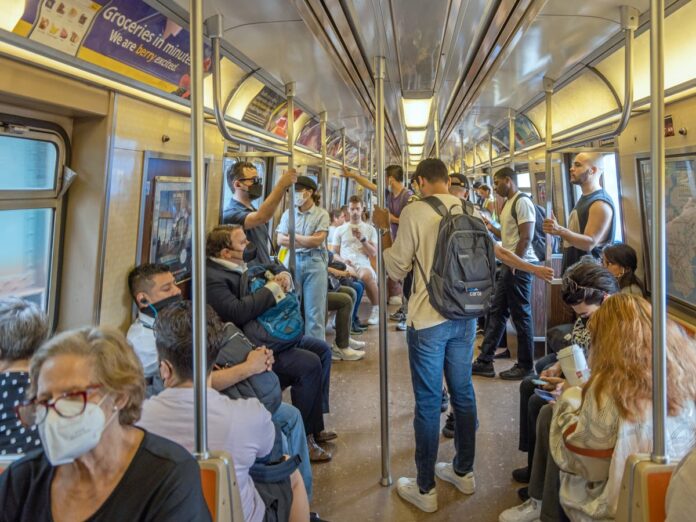Three New Yorkers with disabilities are suing the Metropolitan Transportation Authority (MTA), alleging that the organisation has known about dangerous gaps between subway platforms and trains for years but has failed to address the problem. According to the lawsuit, the MTA said as early as 2012 that gaps between platforms and subway trains should not exceed two inches vertically or four inches horizontally. Gaps as large as six inches remain common at locations throughout the system. That is a serious safety hazard for people who have physical or visual disabilities, including Jacquelyn Goldenberg, Emeline Lakrout, and Athena Savides – the trio of New Yorkers who filed the lawsuit. All three plantiffs say in the filing that they have been forced to stop riding the subway out of safety concerns. The MTA has been dealing with accessibility concerns for years. Currently, just 27 percent of New York subway stations have elevators and ramps and are fully accessible to people who use wheelchairs or deal with a variety of other short and long-term physical and visual impairments. That means that a number of New Yorkers with disabilities are already limited in the number of subway stations they can safely access. If the size of the gaps between the platform and station exceed what is safe for wheelchair users, that number decreases even further.Following a pair of class action lawsuits, the MTA announced in June that it will make 95 percent of its stations fully accessible by the year 2055.’No agency has ever made a stronger commitment when it comes to focusing on making the transit system accessible for all riders,’ an MTA spokesperson told HuffPost, which first reported news of the suit on Tuesday. But the promised accessibility improvements aren’t slated to be completed any time soon. Adding further insult to the problem is that an audit conducted five years ago by the city comptroller found that the MTA was failing to maintain the elevators and escalators it already had in place. The accessibility plan to be implemented by 2055 also does not address the gaps that have made ridership impossible for a share of the thousands of New Yorkers with disabilities who do not drive in the city. The plantiffs in the lawsuit are seeking an order requiring the MTA to eliminate all of the gaps at its stations, install detctable warning strips at the edges of all platforms, and install platform doors or railings as well. The suit also seeks an order for the MTA to set up a grievance system for people to complain about subway gap violations and for the MTA to share reports every six months on its quest to eliminate the gaps.
New Yorkers with disabilities are suing city over subway gaps
Sourceindependent.co.uk
RELATED ARTICLES


